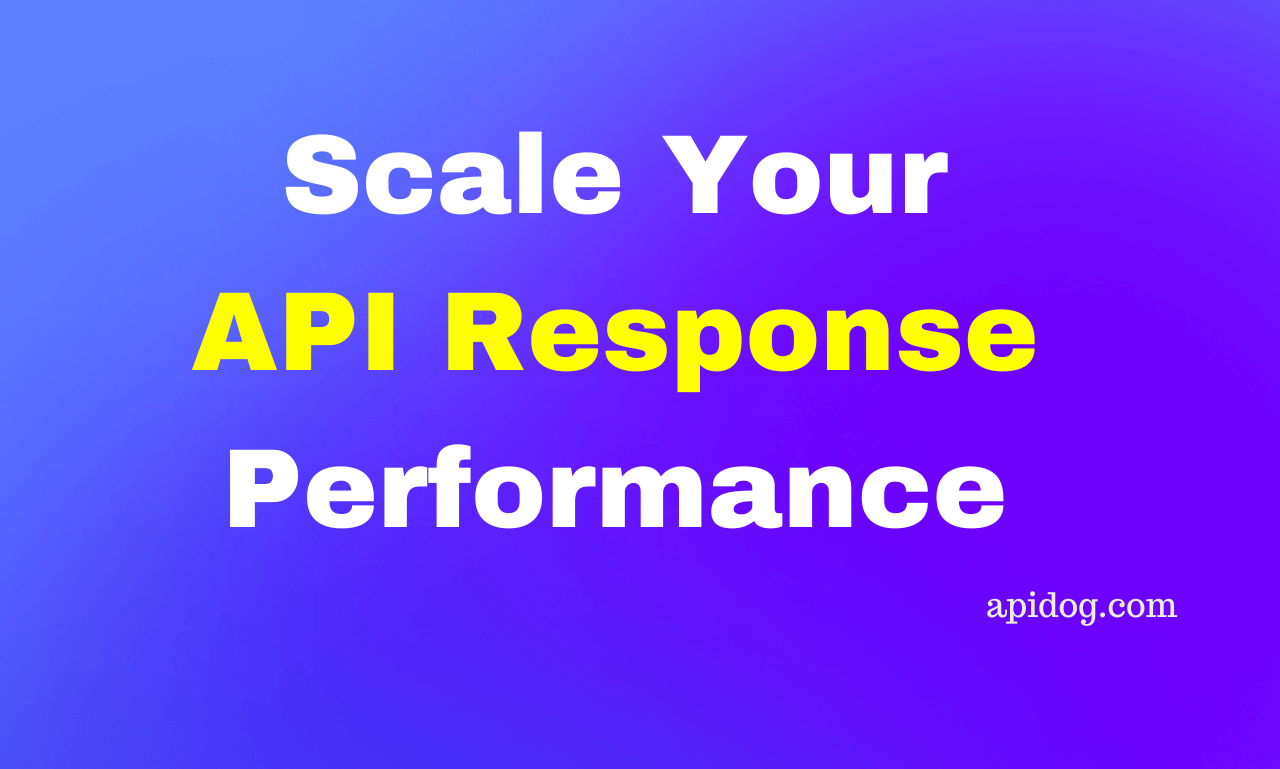API Glossary: API Industry Terminology (2024 Version)
API glossary typically refers to a collection or compilation of various components and information related to an API (Application Programming Interface). With API Glossay, you will be able to build a solid API vocabulary, and get more fimiliar to API Industry.
API glossary typically refers to a collection or compilation of various components and information related to an API (Application Programming Interface). API glossary aims to provide developers with a single, authoritative source of information about the API, enabling them to understand its capabilities, integrate it effectively, and troubleshoot any issues that may arise during the integration process. With API Glossay, you will be able to build a solid API vocabulary, and get more fimiliar to API Industry.
What is API
An API, or Application Programming Interface, is a set of rules and protocols that defines how different software components should interact and communicate with each other. It specifies the methods, data formats, and conventions that developers need to follow when building applications that integrate with other software systems, platforms, or services.
APIs have gained significant popularity and widespread adoption in recent years, primarily due to the rise of cloud computing, mobile applications, and the increasing need for interconnectivity and integration between different software systems and platforms. According to DataHorizzon Research, the API Management Market size was valued at USD 5.2 Billion in 2022 and is expected to reach a market size of USD 41.9 Billion by 2032 at a CAGR of 23.3%.

Now, let us get through all the vocabulary related to the API industry.
Aiohttp
Aiohttp is an asynchronous HTTP client/server library for Python, built on top of the asyncio library. It allows developers to write high-performance, concurrent HTTP applications.

AJAX
AJAX (Asynchronous JavaScript and XML) is a technique for creating interactive web applications that allows the client-side to communicate with the server-side asynchronously, without requiring a full page refresh.

API Access
API access refers to the ability of a client application to interact with an API, usually through authentication and authorization mechanisms that control who can access the API and what actions they can perform.
API Architecture
API architecture describes the overall design and structure of an API, including its components, interfaces, and the relationships between them. It defines how the API is built, how it functions, and how it can be used by client applications.

API Authentication
API authentication is the process of verifying the identity of a client application or user that is attempting to access an API. It ensures that only authorized clients can access the API and its resources.

API Blueprint
API Blueprint is a high-level API description language that allows developers to design and document APIs in a human-readable format. It uses a Markdown-based syntax and can be used to generate documentation, tests, and client SDKs.

API Call
An API call, also known as an API request, is a message sent by a client application to an API endpoint to perform a specific action, such as retrieving data, creating a resource, or updating information.

API Client
An API client is a piece of software that interacts with an API on behalf of a user or another application. It sends requests to the API and receives responses, handling tasks such as authentication, data formatting, and error handling.

API Collaboration
API collaboration refers to the process of multiple developers or teams working together to design, build, and maintain an API. It involves tools and practices for version control, documentation, testing, and communication.

API Cookie
An API cookie is a small piece of data that is stored on the client-side and sent back to the API server with each request. It is used to maintain session information, authenticate users, or store user preferences.

API Credentials
API credentials are a set of authentication details, such as an API key, username and password, or OAuth tokens, that are used to authenticate a client application and grant access to an API.
API Definition
An API definition is a formal description of an API's endpoints, request and response formats, authentication requirements, and other details. It can be written in a variety of formats, such as OpenAPI (Swagger), RAML, or API Blueprint.
API Design
API design is the process of planning and creating an API that meets the needs of its users and follows best practices for functionality, security, and performance. It involves defining the API's endpoints, request and response formats, authentication and authorization mechanisms, and documentation.

API Development
API development is the process of building and implementing an API based on its design. It involves writing server-side code to handle requests and responses, integrating with databases and other services, and testing and debugging the API.

API Economy
The API economy refers to the growing trend of businesses exposing their services and data through APIs, allowing third-party developers to build applications and integrations on top of them. It enables companies to create new revenue streams, foster innovation, and build ecosystems around their products.
API Ecosystem
An API ecosystem is a network of interconnected APIs, developers, and applications that work together to provide value to users. It includes the API providers, the developers who build on top of the APIs, and the end-users who benefit from the applications and services created.
API Framework
An API framework is a set of tools, libraries, and best practices that help developers build APIs more efficiently and consistently. Examples include Express.js for Node.js, Django REST Framework for Python, and Laravel for PHP.

API Gateway
An API gateway is a server that acts as a single entry point for a group of microservices. It handles tasks such as request routing, composition, and protocol translation, and can also provide additional features such as authentication, rate limiting, and caching.
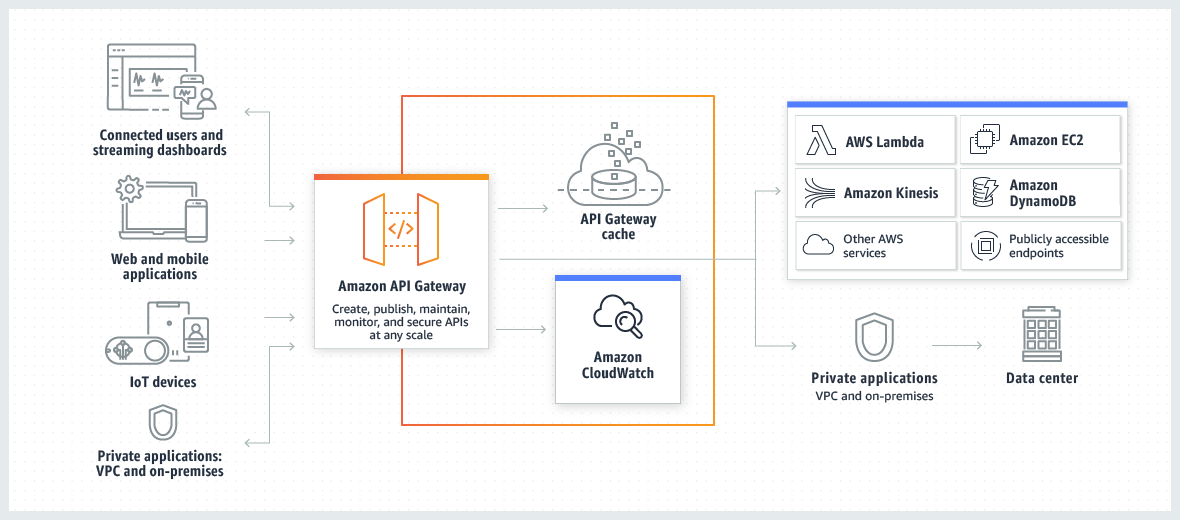
API Governance
API governance refers to the processes and policies that organizations use to manage and control their APIs throughout their lifecycle. It includes aspects such as API design standards, security policies, versioning strategies, and deprecation plans.

API Headers
API headers are additional pieces of information sent along with an API request or response. They provide metadata about the request or response, such as the content type, authentication tokens, caching directives, and more.

API Hub
An API hub is a centralized platform that allows developers to discover, explore, and consume multiple APIs in one place. It provides features such as API documentation, code samples, and interactive testing tools.

API Integration
API integration is the process of connecting two or more applications or services using their APIs. It allows data and functionality to be shared between systems, enabling them to work together seamlessly.

API Key
An API key is a unique identifier that is used to authenticate a client application when making requests to an API. It is typically a long string of characters that is passed in the request header or as a query parameter.

API Lifecycle
The API lifecycle refers to the different stages that an API goes through from its initial conception to its eventual retirement. It includes phases such as design, development, testing, deployment, versioning, and deprecation.
API Management
API management is the process of overseeing and controlling an organization's APIs throughout their lifecycle. It involves tasks such as API design, development, testing, deployment, versioning, and retirement, as well as monitoring, securing, and scaling the APIs.

API Marketplace
An API marketplace is an online platform where API providers can publish and sell their APIs, and where developers can discover and consume them. It provides features such as API documentation, pricing and billing, and community reviews. API Hub is also regrades as a great API Marketplace.

API Mocking
API mocking is the process of creating a simulated version of an API for testing purposes. It allows developers to test their applications against a mock API before the real API is available, or to simulate different scenarios and edge cases.

API Monitoring
API monitoring is the practice of tracking and analyzing the performance, availability, and usage of an API over time. It helps ensure that the API is meeting its service level agreements and provides insights into how it is being used by clients.

API Platform
An API platform is a comprehensive set of tools and services for designing, building, managing, and consuming APIs. It provides features such as API design and documentation, testing and debugging, deployment and hosting, and analytics and monitoring.

API Portal
An API portal is a web-based interface that provides developers with access to an organization's APIs and related resources, such as documentation, code samples, and support. It is often used as the main entry point for developers who want to use the APIs.
API Reference
An API reference is a detailed documentation of an API's endpoints, request and response formats, authentication requirements, and other technical details. It is used by developers to understand how to use the API and integrate it into their applications.

API Request
An API request is a message sent by a client application to an API endpoint to perform a specific action, such as retrieving data, creating a resource, or updating information. It typically includes an HTTP method (such as GET, POST, or PUT), a URL, headers, and sometimes a request body.
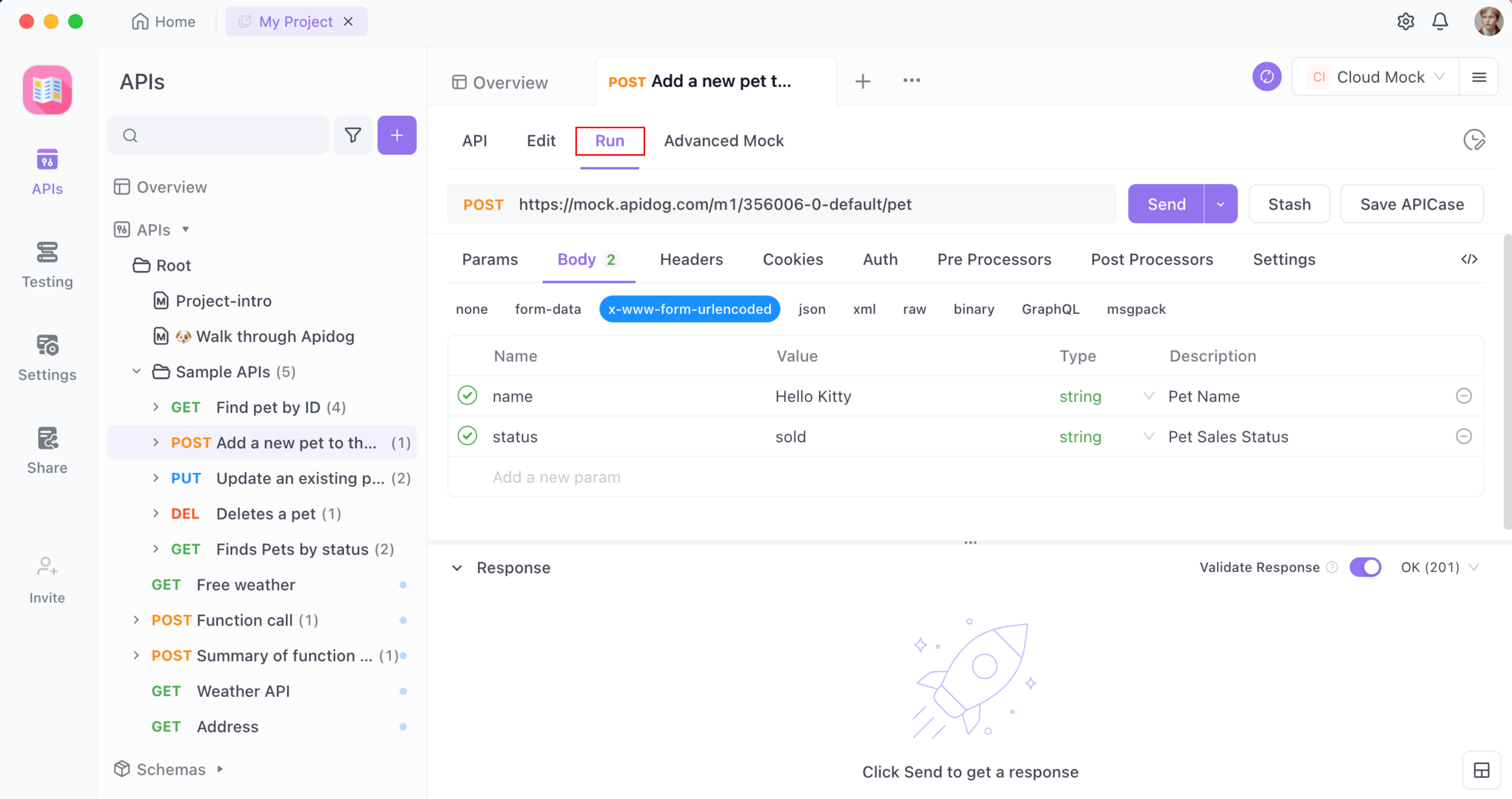
API Response
An API response is a message sent by an API endpoint back to the client application in response to an API request. It typically includes a status code indicating the success or failure of the request, headers, and a response body containing the requested data or an error message.

API Server
An API server is a server-side application that exposes an API for client applications to consume. It handles incoming API requests, performs the necessary actions (such as retrieving data from a database or processing business logic), and sends back API responses.
API Specification
An API specification is a detailed description of an API's endpoints, request and response formats, authentication requirements, and other technical details. It is used to document the API and ensure that it is implemented consistently across different teams and platforms.
API Testing
API testing is the process of evaluating an API to ensure that it meets its functional and non-functional requirements, such as correctness, reliability, performance, and security. It involves writing and running automated tests that send requests to the API and verify the responses.

API Throttling
API throttling is the process of limiting the number of requests that a client application can make to an API within a certain time period. It is used to prevent abuse, protect against denial-of-service attacks, and ensure fair usage of the API resources.

API Versioning
API versioning is the practice of managing changes to an API's endpoints, request and response formats, and behavior over time. It allows API providers to introduce new features and make breaking changes without disrupting existing client applications.

API-First
API-first is an approach to software development where the API is designed and developed before the rest of the application. It prioritizes the API as the core interface for the application and ensures that it is well-designed, documented, and tested.

ApiDoc
ApiDoc is a tool for generating API documentation from code comments. It supports a variety of programming languages and frameworks and can generate documentation in formats such as HTML, Markdown, and PDF.

Apidog
Apidog is a tool for testing and debugging APIs. It provides a web-based interface for sending requests to APIs and inspecting the responses, as well as features such as request history, environment variables, and code generation.

Apidog CLI
Apidog CLI is a command-line interface for the Apidog tool. It allows developers to test and debug APIs from the command line, using a simple and intuitive syntax.

APIs as a Product
APIs as a Product is a strategy where APIs are treated as standalone products that are designed, developed, and marketed to meet the needs of specific customers or markets. It involves creating APIs that are well-documented, easy to use, and provide value to their consumers.
Axios
Axios is a popular JavaScript library for making HTTP requests from the browser or Node.js. It provides a simple and intuitive API for sending and receiving data from APIs, with features such as request and response interceptors, request cancellation, and error handling.

Bearer Token
A bearer token is a type of access token used in OAuth 2.0 authentication. It is a string that represents the authorization granted to the client by the resource owner and is sent in the Authorization header of API requests.

Binary
Binary refers to data that is represented using only two values, typically 0 and 1. In the context of APIs, binary data is often used for non-textual content such as images, audio, or video.

Body
The body of an API request or response is the main content of the message, typically containing the data being sent or received. It is separate from the headers and is often formatted as JSON, XML, or plain text.

Cache
A cache is a temporary storage mechanism used to improve the performance of an API by storing frequently accessed data in memory. It allows the API to serve requests faster by avoiding the need to retrieve data from slower storage systems.
CI/CD
CI/CD stands for Continuous Integration and Continuous Deployment. It is a software development practice where code changes are automatically built, tested, and deployed to production on a regular basis. In the context of APIs, CI/CD pipelines are often used to ensure that API changes are thoroughly tested and deployed safely.

Client Code
Client code refers to the code that is written to interact with an API from a client application. It typically involves sending HTTP requests to the API endpoints, handling responses, and processing the returned data.

Content-Type
The Content-Type header is used to specify the media type of the data being sent in an API request or response body. It helps the recipient understand how to parse and interpret the data. Common content types for APIs include application/json, application/xml, and text/plain.

CORS
CORS stands for Cross-Origin Resource Sharing. It is a security mechanism that allows a web page to make requests to an API hosted on a different domain. CORS headers are used to specify which origins are allowed to access the API and what types of requests are permitted.

CRUD
CRUD stands for Create, Read, Update, and Delete. It refers to the four basic operations that can be performed on data stored in a database or exposed through an API. In the context of APIs, CRUD operations are typically mapped to HTTP methods such as POST, GET, PUT, and DELETE.

cURL
cURL is a command-line tool for sending HTTP requests and receiving responses. It is commonly used for testing and debugging APIs, as well as for automating API interactions in scripts and other applications.

DDoS
DDoS stands for Distributed Denial of Service. It is a type of cyber attack where multiple compromised systems flood an API with a large volume of traffic, overwhelming its resources and making it unavailable to legitimate users. API rate limiting and other security measures can help mitigate the risk of DDoS attacks.

DELETE
DELETE is an HTTP method used to delete a resource from an API. It is typically used in RESTful APIs to remove a specific record or document from a database.

DevOps
DevOps is a software development approach that emphasizes collaboration and communication between development and operations teams. It involves practices such as continuous integration, continuous delivery, and infrastructure as code, which can help streamline the development and deployment of APIs.

Django
Django is a high-level Python web framework that can be used to build web APIs. It provides features such as an ORM (Object-Relational Mapping) for database management, authentication and authorization, and serialization of data.

Documentation
API documentation is a detailed description of an API's endpoints, request and response formats, authentication requirements, and other technical details. It is used to help developers understand how to use the API and integrate it into their applications.

Endpoint
An API endpoint is a specific URL that a client application can send requests to in order to interact with the API. Each endpoint typically corresponds to a specific resource or action, such as retrieving a list of items or creating a new record.

Environment
An environment in the context of APIs refers to a specific configuration or setup of the API and its dependencies. Examples include development, staging, and production environments, each with its own set of servers, databases, and other resources.

FastAPI
FastAPI is a modern, fast (high-performance), web framework for building APIs with Python 3.6+ based on standard Python type hints. It is designed to be easy to use, fast to code, and suitable for production environments.
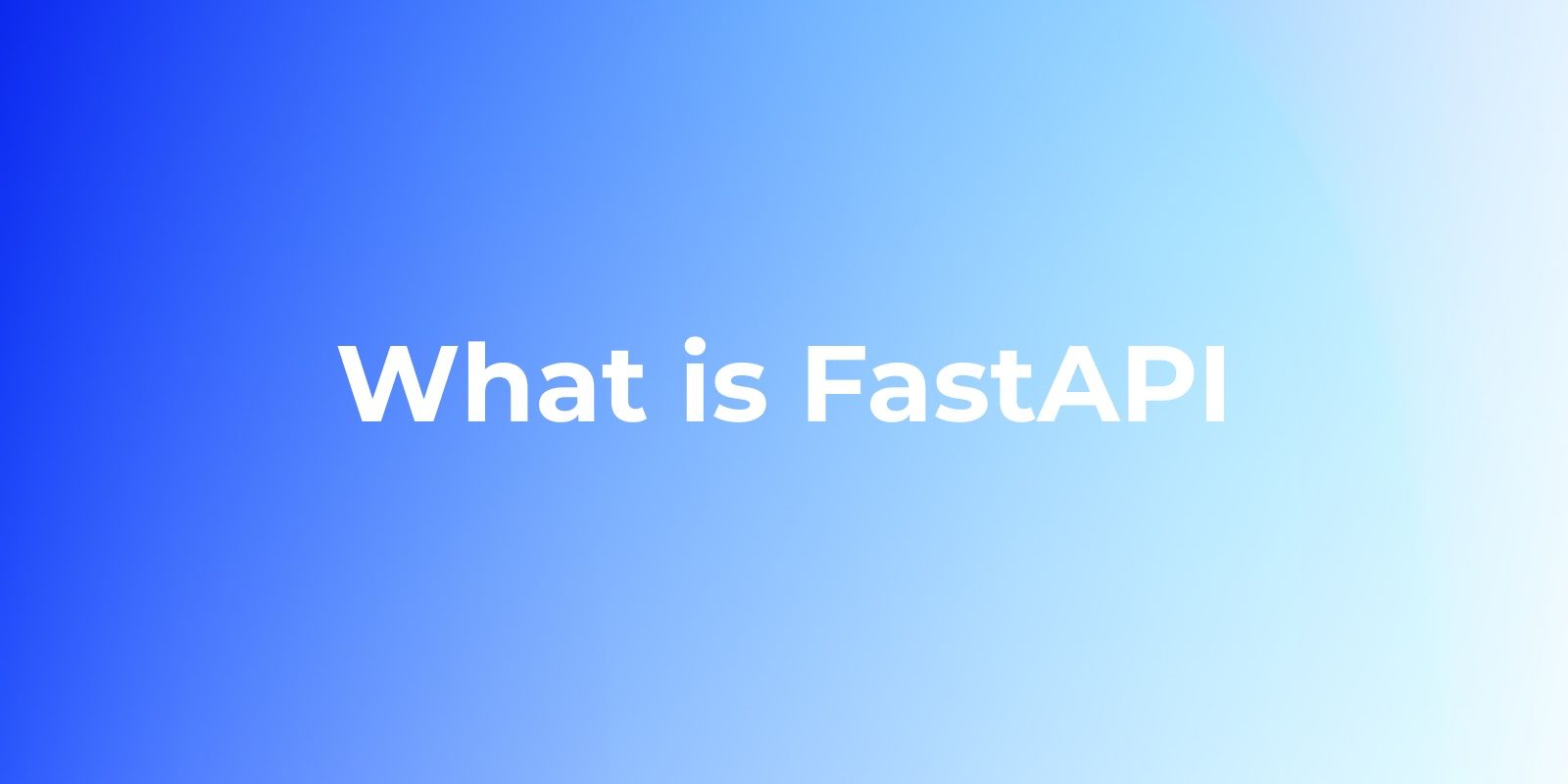
Fetch
Fetch is a built-in JavaScript function for making HTTP requests from a web browser. It provides a simple and consistent way to fetch resources from APIs and handle responses.

Flask
Flask is a lightweight Python web framework that can be used to build web APIs. It provides a simple and intuitive way to define API endpoints, handle requests and responses, and interact with databases and other services.

Form Data
Form data is a way of encoding data in an HTTP request body using key-value pairs, typically used when submitting HTML forms. In the context of APIs, form data is often used for sending data to endpoints that expect a specific format, such as application/x-www-form-urlencoded.

GET
GET is an HTTP method used to retrieve a resource from an API. It is typically used in RESTful APIs to fetch data from a server, such as a specific record or a list of items.
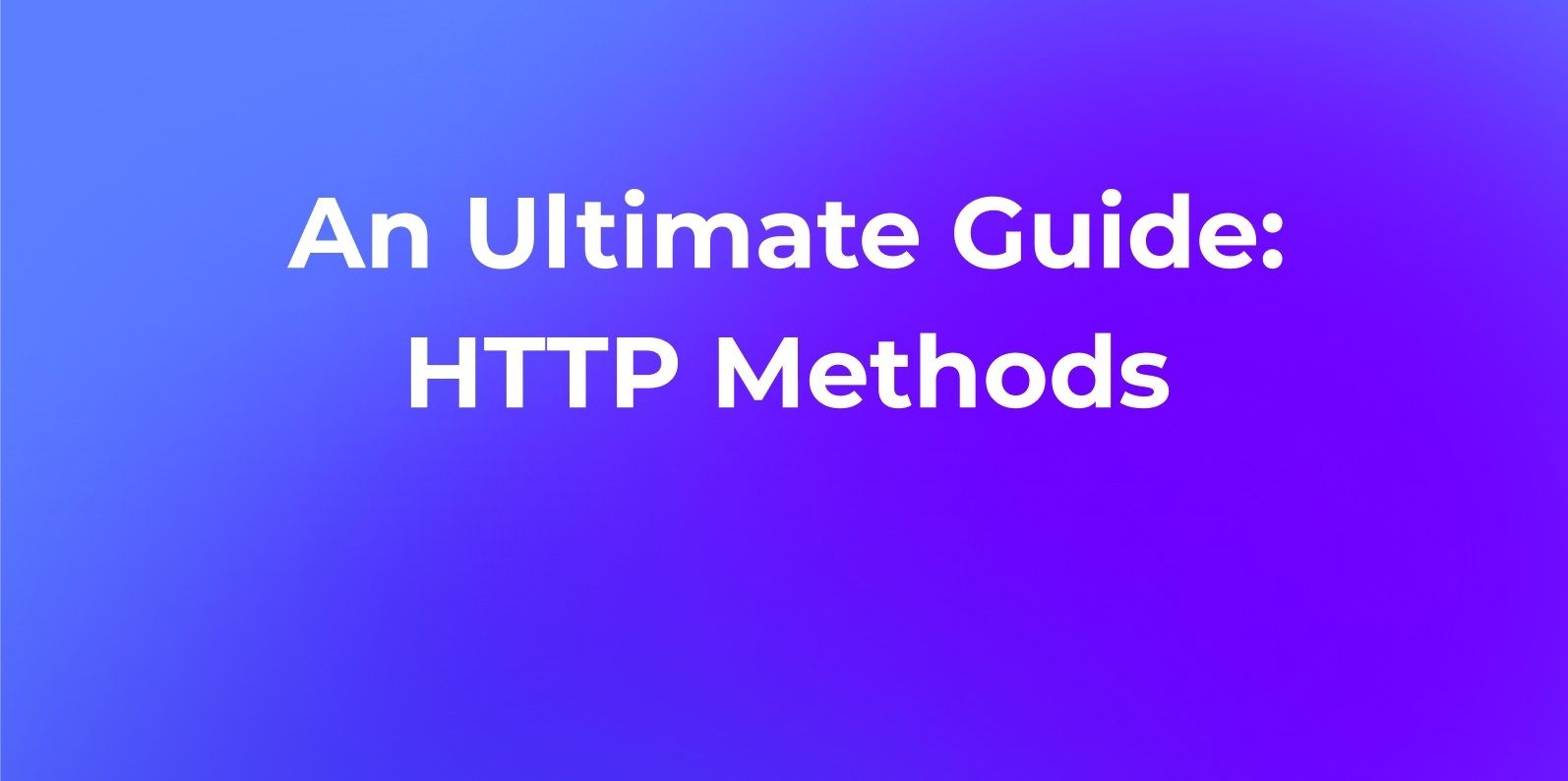
GitHub
GitHub is a web-based platform for version control and collaboration. It is commonly used for hosting and managing source code repositories, including those for APIs and their client applications.
GitLab
GitLab is a web-based platform for version control and collaboration, similar to GitHub. It provides features such as issue tracking, continuous integration and deployment, and code review.
GraphQL
GraphQL is a query language and runtime for APIs. It allows clients to request exactly the data they need, in a single request, and enables APIs to evolve without breaking existing clients.
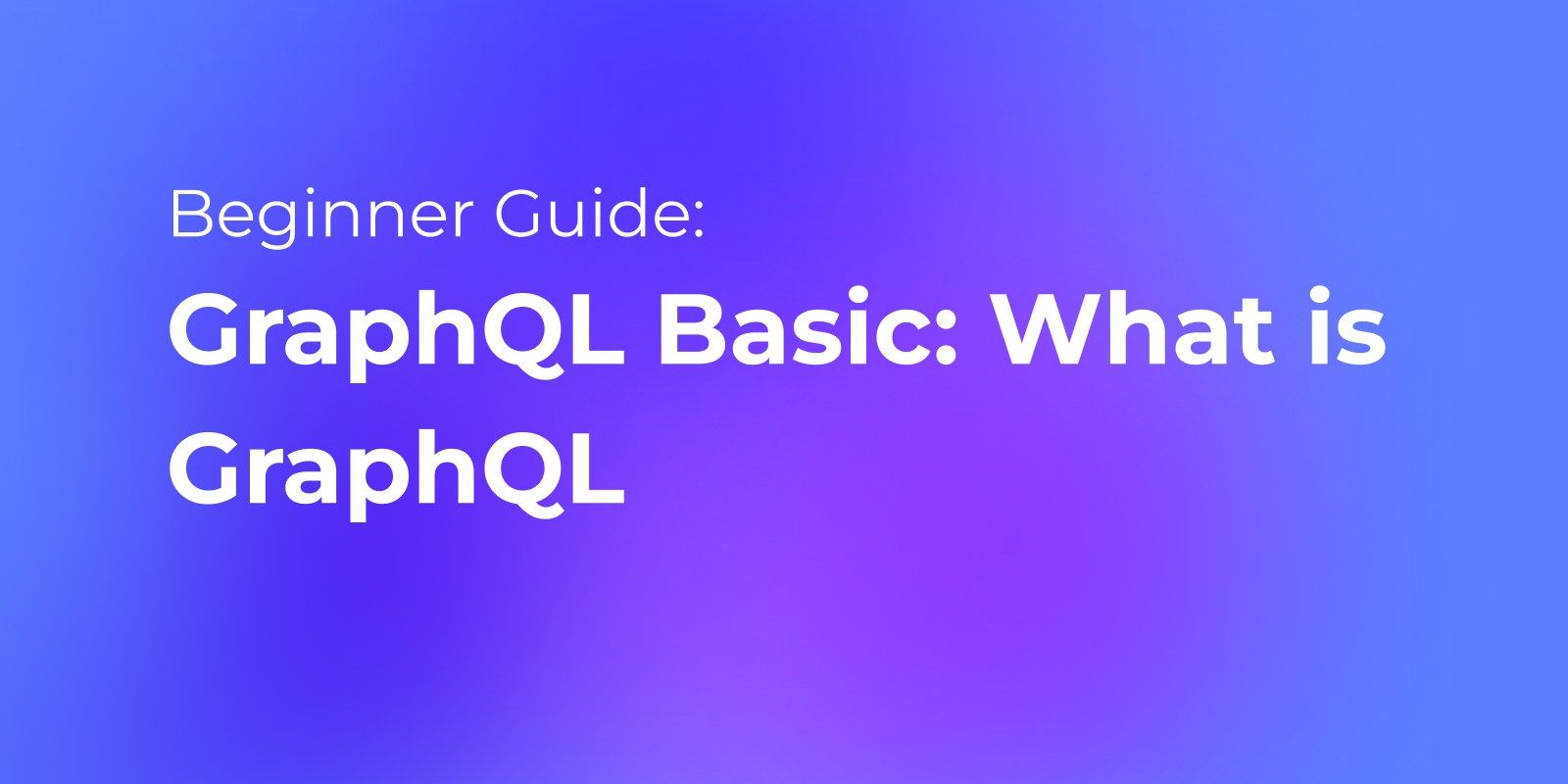
gRPC
gRPC is a high-performance, open-source framework for building remote procedure call (RPC) APIs. It uses protocol buffers as the interface definition language and supports features such as bi-directional streaming and flow control.

HEAD
HEAD is an HTTP method used to retrieve the headers of a resource from an API, without fetching the actual content. It is often used to check the existence or metadata of a resource before making a full request.

HTTP
HTTP (Hypertext Transfer Protocol) is the foundation of data communication on the World Wide Web. It is the protocol used for communication between APIs and client applications, defining how messages are formatted and transmitted.
HTTP Method
An HTTP method is a verb that specifies the desired action to be performed on a resource in an API. Common HTTP methods include GET, POST, PUT, PATCH, and DELETE.

HTTPie
HTTPie is a command-line HTTP client that provides a simple and intuitive interface for sending requests to APIs and viewing responses. It supports features such as syntax highlighting, JSON formatting, and authentication.

HTTPX
HTTPX is a fully featured HTTP client library for Python 3, which provides sync and async APIs, and support for both HTTP/1.1 and HTTP/2.

Jenkins
Jenkins is an open-source automation server that can be used to automate various tasks related to building, testing, and deploying APIs. It provides a wide range of plugins and integrations for different languages, frameworks, and tools.

jQuery
jQuery is a fast, small, and feature-rich JavaScript library. It makes things like HTML document traversal and manipulation, event handling, animation, and Ajax much simpler with an easy-to-use API that works across a multitude of browsers.
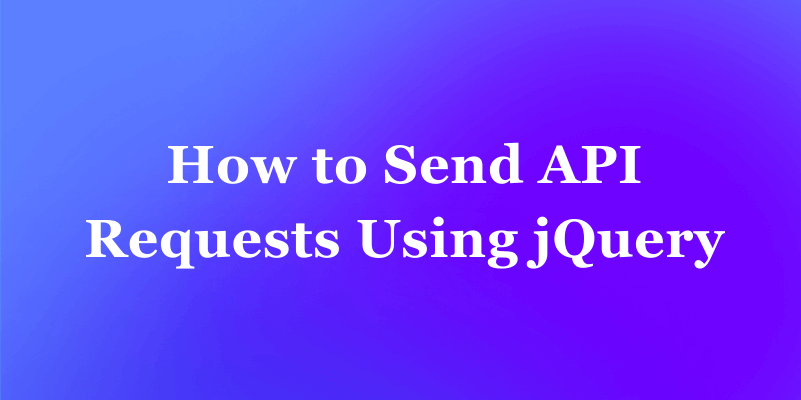
JSON
JSON (JavaScript Object Notation) is a lightweight data interchange format that is easy for humans to read and write, and easy for machines to parse and generate. It is commonly used for transmitting data between APIs and client applications.

JSON Schema
JSON Schema is a vocabulary that allows you to annotate and validate JSON documents. It provides a way to describe the structure and constraints of JSON data, which can be used for documentation, validation, and code generation.

Markdown
Markdown is a lightweight markup language that is often used for documentation and readme files. It provides a simple and readable way to format text, including headings, lists, links, and code snippets.
Microservices
Microservices are an architectural style where a large application is decomposed into smaller, independently deployable services that communicate with each other through well-defined APIs. Each microservice focuses on a specific business capability and can be developed, deployed, and scaled independently of other services in the application.

Monolith
A monolith is a traditional architectural style where an application is built as a single, self-contained unit. In contrast to microservices, a monolithic application has all its functionality within a single codebase and is deployed as a single unit.
MessagePack
MessagePack is a binary serialization format that is similar to JSON but more compact and efficient. It is often used in APIs to reduce the size of data transferred over the network.
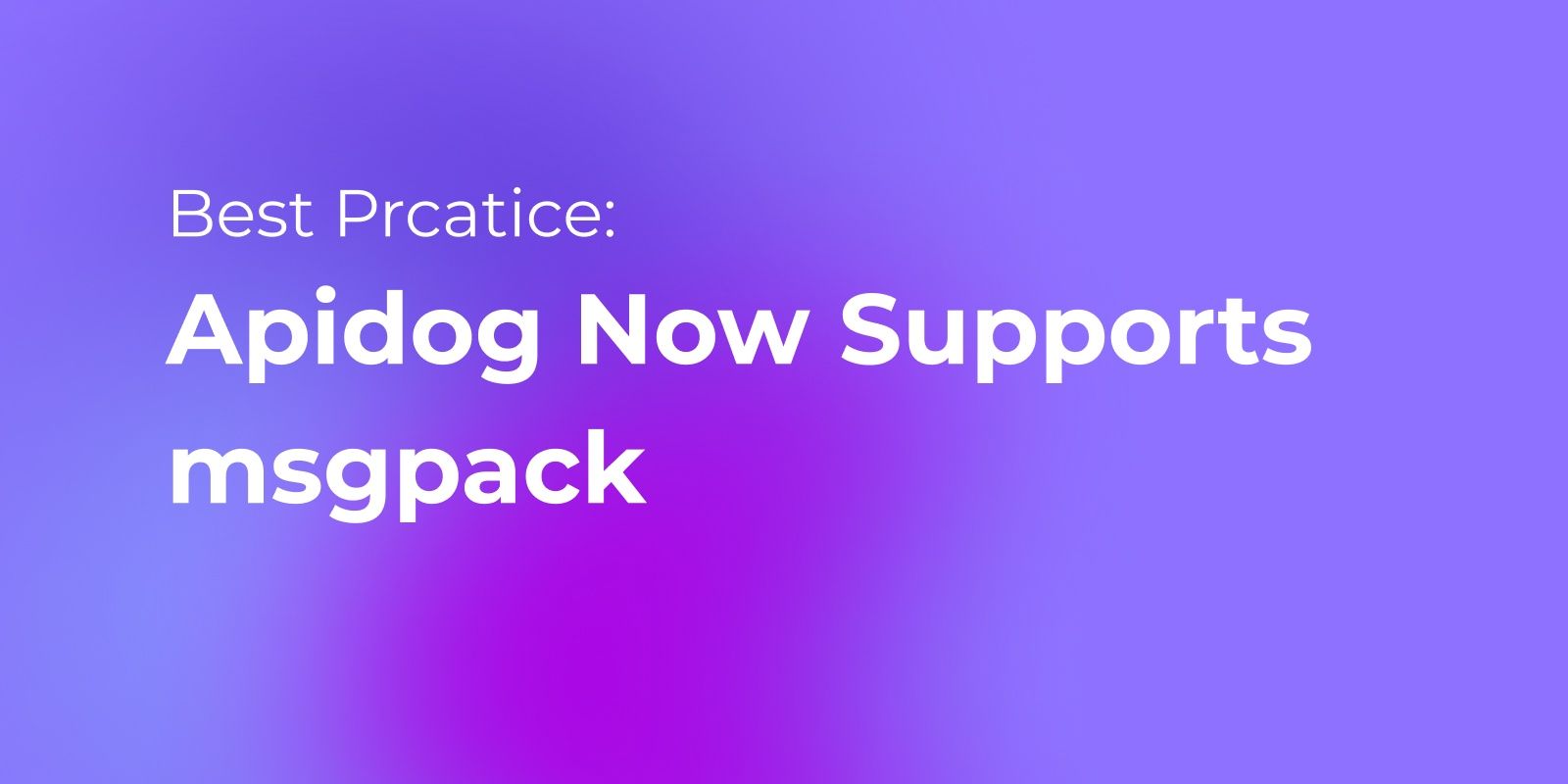
OAuth
OAuth is an open standard for authorization that allows users to grant third-party applications access to their resources without sharing their credentials. It is commonly used in APIs to enable secure authentication and authorization flows.

OpenAPI
OpenAPI, formerly known as Swagger, is a specification for describing, producing, consuming, and visualizing RESTful APIs. It provides a standard format for defining API endpoints, request and response formats, authentication, and other details.

OpenID Connect
OpenID Connect is an authentication protocol built on top of OAuth 2.0. It allows clients to verify the identity of users and obtain basic profile information about them, enabling single sign-on and user-centric identity management.
Parameters
Parameters are variables that are passed to an API endpoint in a request, either as part of the URL (path parameters), in the query string (query parameters), in headers, or in the request body. They are used to provide additional information or context to the API.

PATCH
PATCH is an HTTP method used to partially modify a resource in an API. It is similar to PUT but allows for more granular updates, sending only the changes rather than the entire resource.

Path Parameter
A path parameter is a variable within the path of an API endpoint URL that is used to specify a specific resource or set of resources. For example, in the URL /users/{id}, id is a path parameter that identifies a particular user.

POST
POST is an HTTP method used to create a new resource in an API. It is typically used in RESTful APIs to send data to the server to be stored or processed.

Postman
Postman is a popular API development and testing tool. It provides a graphical interface for sending requests to APIs, viewing responses, and organizing API collections and environments.

Pre-Processors
Pre-processors are scripts or functions that are executed before an API request is sent. They can be used to modify the request parameters, headers, or body, or to perform additional logic or validation.

PUT
PUT is an HTTP method used to update or replace a resource in an API. It is typically used in RESTful APIs to send data to the server to be stored or processed, replacing any existing data for the specified resource.

Query Parameter
A query parameter is a variable that is passed to an API endpoint in the query string of the URL. It is used to provide additional information or filters to modify the response, such as pagination, sorting, or searching.

RAML
RAML (RESTful API Modeling Language) is a language for describing RESTful APIs. It provides a structured way to define API endpoints, request and response formats, authentication, and other details, similar to OpenAPI.

Raw
Raw refers to the unprocessed or unformatted data sent in an API request or response body. It is often used for sending binary data or custom formats that do not fit into standard content types like JSON or XML.
REST
REST (Representational State Transfer) is an architectural style for building APIs. It is based on a set of principles, such as using HTTP methods for CRUD operations, using URLs to identify resources, and returning data in standard formats like JSON or XML.

RPC
RPC (Remote Procedure Call) is a protocol that allows a program to execute a procedure or function on another computer or server, as if it were a local procedure call. In the context of APIs, RPC-style APIs expose methods or actions rather than resources.

Serverless
Serverless is a cloud computing model where the cloud provider manages the infrastructure and allocation of resources, allowing developers to focus on writing code without worrying about server management. Serverless APIs are often used for event-driven or intermittent workloads.
Shift-Left Testing
Shift-left testing is an approach where testing is performed earlier in the development process, rather than waiting until the end. In the context of APIs, this means incorporating testing and validation into the design and development phases, using techniques like contract testing and mocking.
Smock Testing
In the context of APIs and web development, a smoke test is a basic functionality check used to ensure that APIs are operational and critical functions work as intended. Smoke tests are also essential for checking potential major issues that could hinder the API's development process.

SOAP
SOAP (Simple Object Access Protocol) is a protocol for exchanging structured data between systems. It uses XML for message format and relies on other protocols, such as HTTP or SMTP, for message negotiation and transmission.

SSE
SSE (Server-Sent Events) is a technology that allows a server to send data to a client in real-time, using a long-lived HTTP connection. It is often used in APIs for scenarios like live updates or streaming data.

Stateful
Stateful refers to a system or API that maintains and relies on the state of previous interactions or transactions. In a stateful API, the server keeps track of the client's state and uses it to inform subsequent requests or responses.

Stateless
Stateless refers to a system or API that does not maintain or rely on the state of previous interactions or transactions. In a stateless API, each request is treated as an independent transaction, and the server does not keep track of the client's state between requests.

Status Codes
Status codes are three-digit numbers returned in an API response that indicate the result of the request. They provide a standardized way to communicate the success, failure, or other conditions of the API call. Common status codes include 200 (OK), 201 (Created), 400 (Bad Request), and 500 (Internal Server Error).
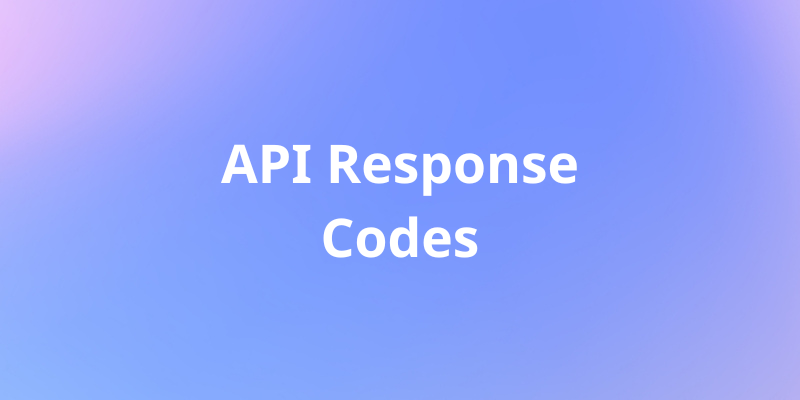
Swagger
Swagger is a set of open-source tools for designing, building, documenting, and consuming RESTful APIs. It includes the OpenAPI specification, a framework for generating interactive API documentation, and a range of tools for testing and debugging APIs.

Unirest
Unirest is a set of lightweight HTTP client libraries available for multiple languages, including Java, Node.js, .NET, Python, and more. It provides a consistent and simple interface for making API requests and handling responses.
URI
URI (Uniform Resource Identifier) is a string of characters that identifies a resource. It can be a URL (Uniform Resource Locator), which specifies the location of a resource, or a URN (Uniform Resource Name), which provides a unique name for a resource without specifying its location.

URL
URL (Uniform Resource Locator) is a type of URI that specifies the location of a resource on the internet. In the context of APIs, URLs are used to identify and access specific API endpoints or resources.

User Agent
A user agent is a string that identifies the client application or device that is making a request to an API. It is typically included in the User-Agent header of the request and can be used by the API server for analytics, compatibility checks, or other purposes.
Variable
A variable in the context of APIs refers to a value that can change or be substituted in API requests or responses. Examples include path parameters, query parameters, and environment variables.

Webhook
A webhook is a way for an API to send real-time notifications or data to a client application. Instead of the client polling the API for updates, the API sends HTTP POST requests to a URL provided by the client whenever there are changes or events.

WebSocket
WebSocket is a protocol that enables full-duplex communication between a client and a server over a single, long-lived connection. It is often used in APIs for scenarios that require real-time, bidirectional communication, such as chat applications or collaborative tools.
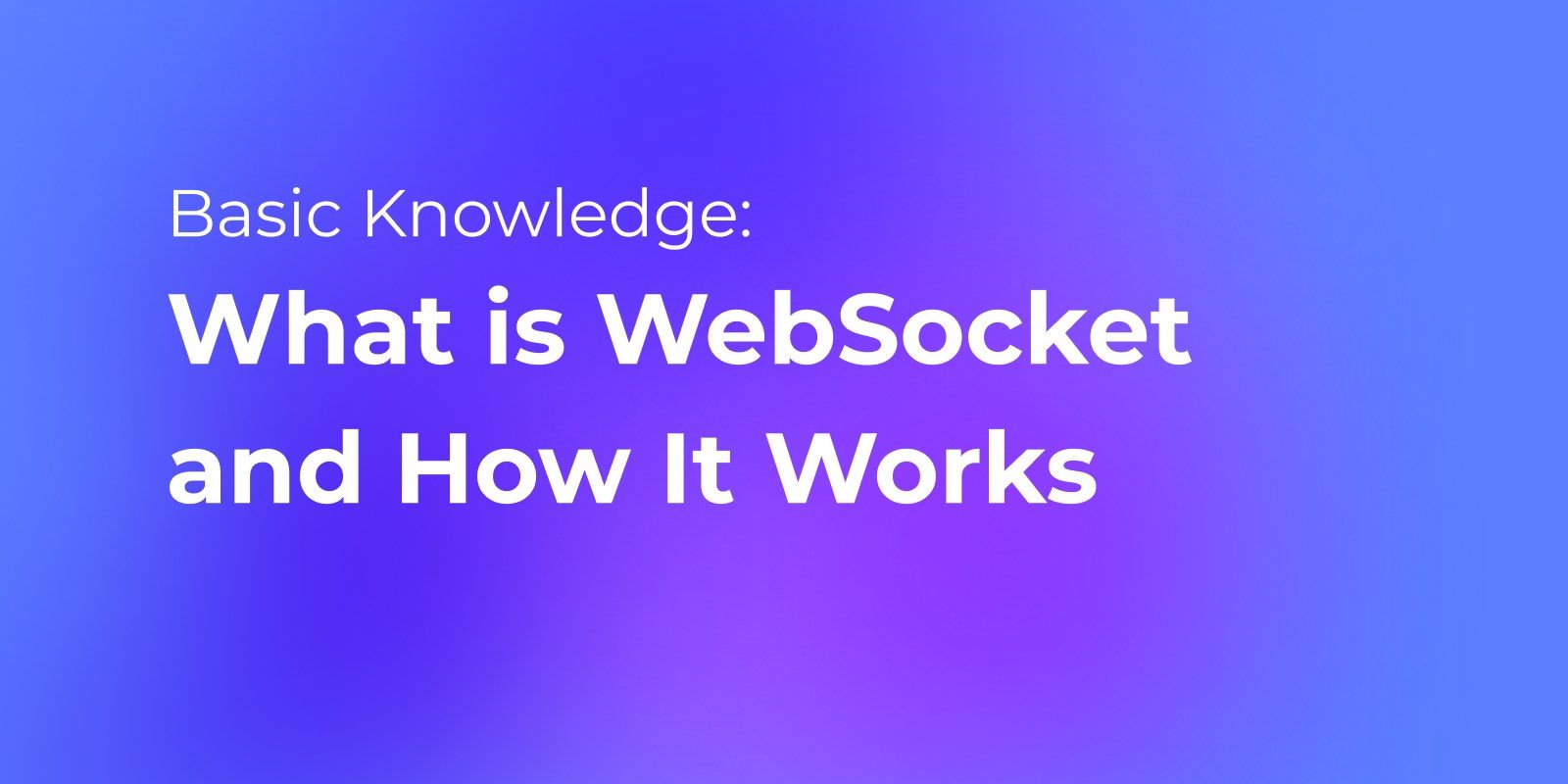
Wget
Wget is a command-line utility for retrieving files using HTTP, HTTPS, and FTP protocols. It can be used for downloading files from APIs or for making simple API requests.
WSDL
WSDL (Web Services Description Language) is an XML-based language for describing web services, including their endpoints, operations, and message formats. It is often used in conjunction with SOAP-based APIs to provide a machine-readable description of the API.

x-www-form-urlencoded
URL-encoded requests involve encoding data in the URL or request body to ensure that special characters are represented in a format that is safe and easily transmitted over the web. This encoding is commonly used when making HTTP requests, particularly with the application/x-www-form-urlencoded media type.

XHR
XMLHttpRequest, or XHR for short, is an object that allows web browsers to send and receive HTTP requests and responses asynchronously. This means that you can use XHR to request data from a server, such as JSON, XML, HTML, or plain text, and update a part of your web page without refreshing the whole page. This makes your web application faster, smoother, and more user-friendly.

XML
XML (eXtensible Markup Language) is a markup language that defines a set of rules for encoding documents in a format that is both human-readable and machine-readable. It is commonly used for data exchange between APIs and client applications, although JSON has become more popular in recent years.
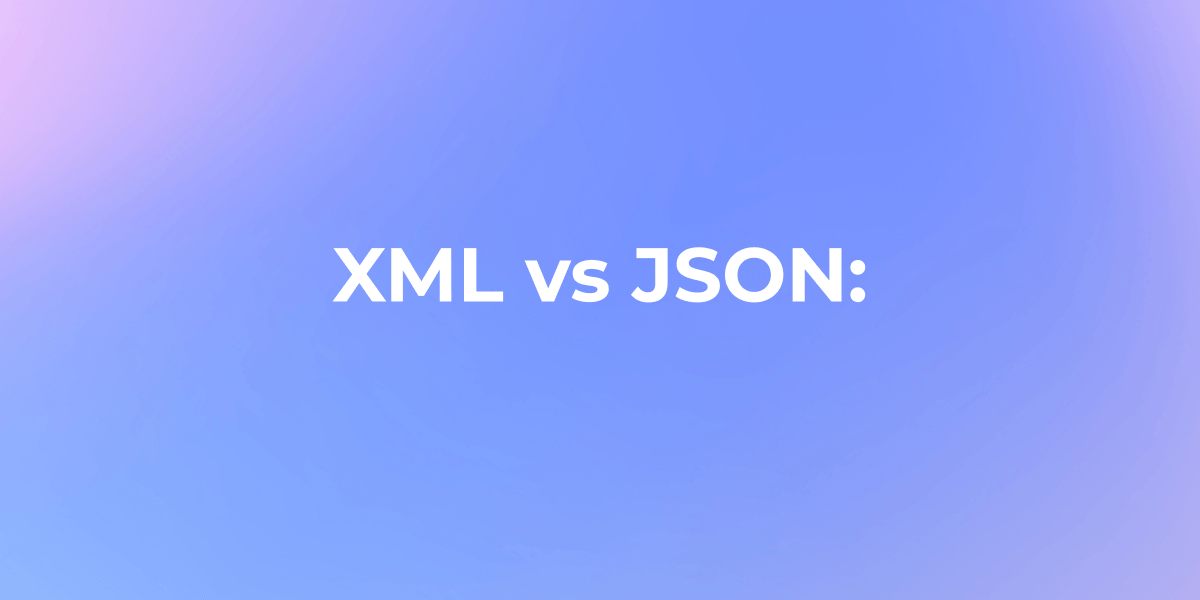
YAML
YAML (YAML Ain't Markup Language) is a human-readable data serialization format that is commonly used for configuration files and data exchange. It is often used in API specifications, such as OpenAPI, to describe API endpoints, request and response formats, and other details.






